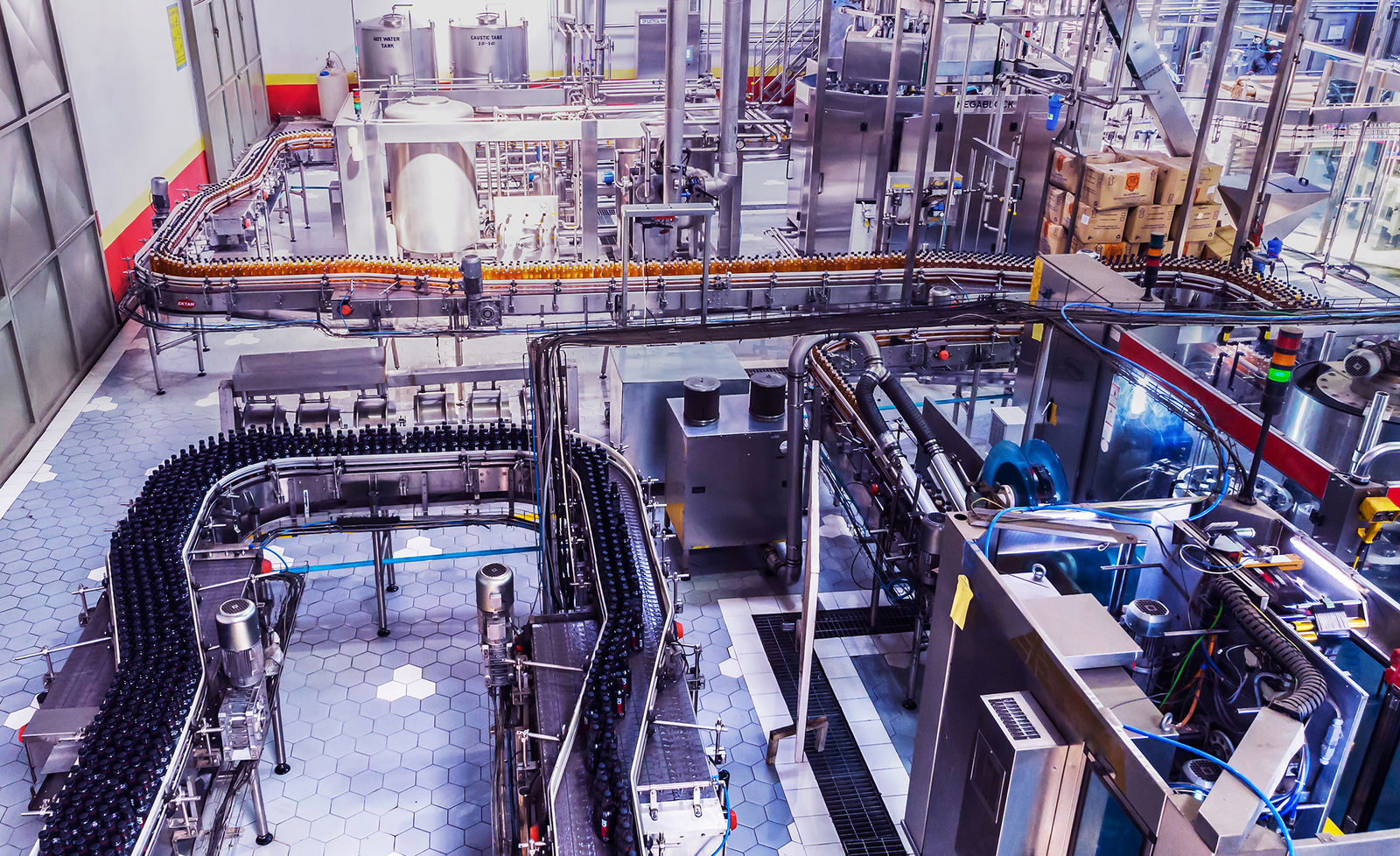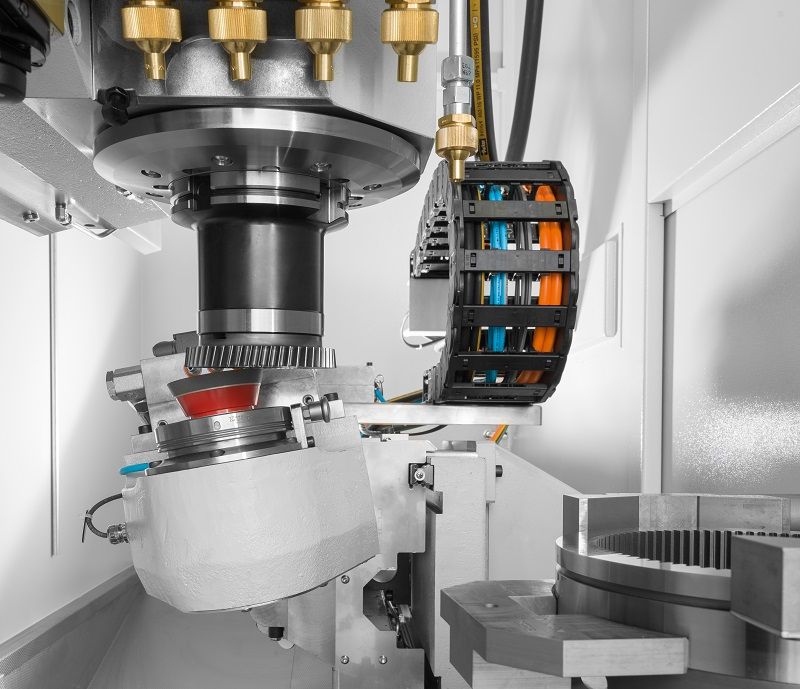A World of Smart Processing & Digital Advancements
What will gear manufacturing look like in the next five years?
It’s that time of year again! Pandemic fears, supply chain issues, economic growth sprinkled in with some economic uncertainty. Every year, we take an in-depth look at the State of the Gear Industry and every year provides an interesting and colorful array of challenges, surprises and new innovations. Gear Technology spoke with Prasad Kizhakel, Chief Sales Officer at the Klingelnberg Group, Udo Stolz, Vice President of Sales and Marketing, Gleason Corporation, and Shane Hollingsworth, Vice President Sales at Kapp Technologies to assess what the next five years in gear manufacturing may look like from the machine tool providers:
What will be the focus in gear manufacturing in the next five years?
Stolz: Quality and cost per piece are going to drive future gear manufacturing strategies.
 Udo Stolz As we see a strong shift towards sustainability including e-mobility and renewable energies like wind power, requirements for high quality, silent gears will increase. Since manufacturing solutions alone will not be able to support meeting all requirements, integrated design, manufacturing and inspection solutions in a closed loop are key to future success. As the boundaries and especially cost per piece for specific manufacturing processes are already set during the design phase, it will be mandatory to provide gear and transmission designers with some substantial manufacturing know-how. Inspection results and advanced waviness solutions will provide feedback to design and manufacturing experts, to understand whether specific gear designs can meet the targeted noise requirements. If that is done in a smart and efficient way, gear manufacturing will step up to a completely new level of accuracy and efficiency. At Gleason, we are convinced that such smart processing is indeed the future of gear manufacturing and that closed-loop — “design-manufacture-inspect” — solutions in combination with highly accurate, productive and reliable machining systems will support this development.
Udo Stolz As we see a strong shift towards sustainability including e-mobility and renewable energies like wind power, requirements for high quality, silent gears will increase. Since manufacturing solutions alone will not be able to support meeting all requirements, integrated design, manufacturing and inspection solutions in a closed loop are key to future success. As the boundaries and especially cost per piece for specific manufacturing processes are already set during the design phase, it will be mandatory to provide gear and transmission designers with some substantial manufacturing know-how. Inspection results and advanced waviness solutions will provide feedback to design and manufacturing experts, to understand whether specific gear designs can meet the targeted noise requirements. If that is done in a smart and efficient way, gear manufacturing will step up to a completely new level of accuracy and efficiency. At Gleason, we are convinced that such smart processing is indeed the future of gear manufacturing and that closed-loop — “design-manufacture-inspect” — solutions in combination with highly accurate, productive and reliable machining systems will support this development.
 Prasad KizhakelKizhakel: The elephant in the room is gears for e-mobility. I believe there will be two areas of focus over the next five years. Demand for higher power density and compactness in this sector will challenge technology providers like Klingelnberg to focus on manufacturing solutions that ensure superior NVH characteristics, geometrical accuracy, service life and cost per piece. Another thrust area would be quality assurance solutions that are precise, reliable and highly productive. If I have to pick an area amongst others which would be different in five years, it would be the reliance of gear industry on big data and the use of artificial intelligence to find patterns and solutions by analyzing them.
Prasad KizhakelKizhakel: The elephant in the room is gears for e-mobility. I believe there will be two areas of focus over the next five years. Demand for higher power density and compactness in this sector will challenge technology providers like Klingelnberg to focus on manufacturing solutions that ensure superior NVH characteristics, geometrical accuracy, service life and cost per piece. Another thrust area would be quality assurance solutions that are precise, reliable and highly productive. If I have to pick an area amongst others which would be different in five years, it would be the reliance of gear industry on big data and the use of artificial intelligence to find patterns and solutions by analyzing them.
 Shane HollingsworthHollingsworth: This question has a lot of influence on the industry that is being served, such as the shift from traditional transmissions to EV technology. The quantity of gears are reduced, but the quality requirements are much more stringent. The continued discussion of replacing the workforce that is retiring is another factor. What areas will be different than they are today? We will see continued growth in education programs to address the workforce requirements. The developments for smarter/adaptive machine tools with more connectivity whether that is remote support, process monitoring, maintenance planning or production/quality control. The effects of COVID have accelerated this requirement and the surface is only being scratched.
Shane HollingsworthHollingsworth: This question has a lot of influence on the industry that is being served, such as the shift from traditional transmissions to EV technology. The quantity of gears are reduced, but the quality requirements are much more stringent. The continued discussion of replacing the workforce that is retiring is another factor. What areas will be different than they are today? We will see continued growth in education programs to address the workforce requirements. The developments for smarter/adaptive machine tools with more connectivity whether that is remote support, process monitoring, maintenance planning or production/quality control. The effects of COVID have accelerated this requirement and the surface is only being scratched.What emerging technologies will be most important in gear manufacturing moving forward?









